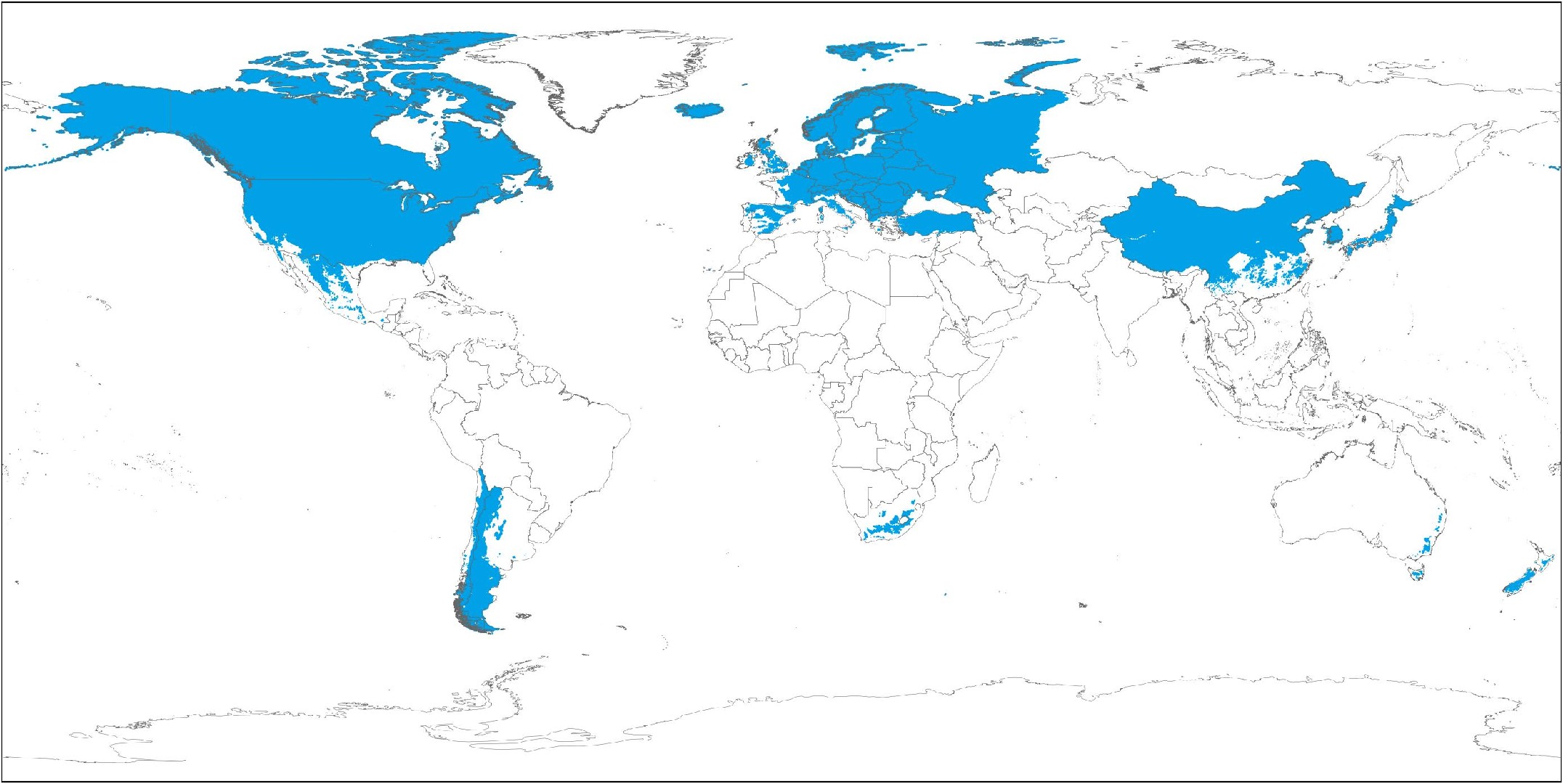What is the best way to water my Common salsify?
Not only does the Common salsify have certain preferences regarding how much water it receives, but it also cares deeply about how you provide that water. In fact, if you don't use the proper watering technique, you risk harming your tomatoes. The best way to water Common salsify is to apply the water directly to the soil in a slow and gentle manner. You should not pour all of the water into the soil at once, and you should not do overhead watering for your Common salsify. Although you should water slowly, you should also water deeply to ensure that all of the soil in which your Common salsify grows is sufficiently moist.
![more]()
What should I do if I water my Common salsify too much or too little?
If you find that you have overwatered your Common salsify and you are concerned about the associated risk of disease, you should intervene immediately. Often the best approach for an overwatered Common salsify is to uproot it from its current growing location. Once the plant is out of the ground, you can allow its roots to dry a bit before planting it in a new growing location. Ensure that the new growing location has soil with good drainage. If you grow in pots, you may also want to move your plant to a pot with more or larger drainage holes. In the case of underwatering, all you will need to do is increase the frequency with which you supply water to your plant.
![more]()
How often should I water my Common salsify?
Overall, Common salsify requires a significant amount of water throughout the growing season. To meet that high water need, you'll need to water early and often throughout the spring and summer. During the earlier parts of the growing season, you should water your Common salsify about once or twice per week. As the season progresses, you should increase your watering frequency. You may need to water it twice per day or more during summer, depending on the weather. After your Common salsify have gone through their major seasonal growth phases, you can reduce the frequency of your watering to about once per week until the end of the growing season.
![more]()
How much water does my Common salsify need?
Since Common salsify are incredibly popular, with many professional and amateur gardeners growing them successfully, we have a pretty clear idea of how to care for these plants. That understanding includes specific knowledge about the precise volume of water an average Common salsify should receive. Generally, Common salsify will require about 1 - 1.5 inches of water per week. That volume should be dispersed evenly through your weekly watering. As the weather gets warmer, you may need to supply more water, but in most cases, two inches per week is a good baseline amount.
![more]()
How can I tell if i'm watering my Common salsify enough?
Underwatering and overwatering can both occur as problems for your Common salsify, and both these problems can manifest with similar symptoms. For example, foliage discoloration and wilting can both result from either overwatering or underwatering. When your Common salsify is underwatered, its leaves will be curling and drooping at the beginning. You will see a bunch of leaves turn less vigorous. Underwatering is also likely to cause stunted growth and poor overall development as both the flowers and this plant require a high amount of water. Overwatering is more likely to lead to disease, including rot. Overwatering may also lead to unpleasant smells rising from your plant's soil. The symptoms of underwatering will show up quicker than overwatering. Overwatering can also be evident in soil conditions. Mainly, if you notice a lot of standing water or waterlogged soils, overwatering is likely to occur.
![more]()
How should I water my Common salsify through the seasons?
As alluded to above, your Common salsify's water needs will repeatedly change throughout the seasons. During most of spring and summer, you should water your Common salsify about once every week. As the heat of summer arrives, you should plan to increase your watering frequency to once or twice per day. In the late summer and fall, towards the end of the harvest period, you can reduce your watering frequency to about once per week. After harvest has ended, you can cease watering as your Common salsify has reached the end of its life cycle and will require no further soil moisture. The maintenance schedule of Common salsify will require you to alter the amount of water you provide depending on the plant's current growth stage. Early on, especially if you grow your Common salsify from seeds, you'll need to provide water often enough to maintain consistent soil moisture, which encourages root development. When the plant becomes old enough to produce flowers, it will likely need even more water. During the fruit development growth stage, your Common salsify will likely need the most water out of any growth period, at times requiring water more than twice per day. Following that phase, the water needs of Common salsify will decline significantly.
![more]()
What's the difference between watering Common salsify indoors and outdoors?
Whether you grow Common salsify indoors or outdoors can also play a role in how you water them. Common salsify that grows outdoors may receive water from natural rainfall, which will reduce the amount of supplemental water you should supply. However, it is incredibly rare for rainfall to adequately replace your watering entirely. Plants that grow indoors, along with any Common salsify that grows in a container, will need to be watered more frequently than those that grow in the ground outdoors. If you choose this route, please make sure that the plant gets enough water by checking the soil moisture within your pot often to keep your Common salsify healthy.
![more]()
When should I prune my Common salsify?
You can prune your Common salsify any time you notice dead, diseased, or damaged leaves during the growing season. Once you notice such a leave, locate an unwanted leaf, then follow its stem all the way to the bottom of petiole. Removing dead stems will increase the light and ventilation of the plant and help it to grow. You can cut its stem just above the soil’s surface to remove it. Such pruning can take place as needed during spring and summer. Also, this plant can bloom any time between spring and fall, and some gardeners choose to remove flower buds before they have a chance to open. Removing unopened flower buds allows this plant to focus most of its growing energy on its beautiful leaves. However, pruning in this manner does not necessarily influence the plant’s overall health. Cutting back should be done late in the winter to early spring. Ideally, you should wait until you see new basal growth before you cut off the dead and dried winter parts, to about 6 inches from the ground.
![more]()
How can I prune my Common salsify?
Pruning the Common salsify is as easy as waiting until you notice dead or damaged leaves on your plant. When you recognize these leaves, equip yourself with a pair of sharp and sterile hand pruning shears. Hand pruning shears will work best as larger tools like loppers will not be well suited to the precise cuts you need to make. Once you have a proper set of pruning tools, locate an unwanted leaf, then follow its stem all the way to the bottom of petiole. Removing dead stems will increase the light and ventilation of the plant and help it to grow. Cut the stem just above where it exits the soil to remove it entirely. If you wish to stop this plant from flowering, you can use the same pruning shears to remove any buds before they open. Finally, you may prefer to just trim off dead or damaged portions of the plant, including deadheading spent flowers, to keep it looking its best. This can be done at any time of year. Diseased or damaged stems should be cut right at the soil line and removed completely. Blooms should be cut off just below the flower head. Cutting back should be done late in the winter to early spring. Ideally, you should wait until you see new basal growth before you cut off the dead and dried winter parts to about 6 inches from the ground.
![more]()
What should I do after pruning my Common salsify?
All that is required of you once you have pruned your Common salsify is to clean up. Once you have pruned, deadheaded, or cut back your Common salsify, gather the bits you have cut off and discard them. If there are any diseased parts of the plant that you have pruned away, do not discard them with the rest of the pruned pieces. Diseased foliage should be disposed of. When watering after pruning, be careful not to touch the wound to prevent fungus from infecting the plant through the fresh wound. Placing Common salsify in a well-ventilated location will also help the wound to dry out and heal in time.
![more]()
Are there any tips for pruning my Common salsify?
For your major pruning, use sharp pruning sheers that will make clean cuts to avoid damaging your plants. As you are pruning your Common salsify, step back occasionally to check the appearance of the plant to make sure it has the shape you want and that you are pruning it symmetricaly. It is recommended that gloves and safety glasses be worn while pruning Common salsify.
![more]()
Are there any instructions for pruning my Common salsify?
Pruning is an important part of plant care and maintenance. Different plants have different pruning requirements. Some plants may need little to no pruning, while others may require more specific attention. Most plants should be pruned to remove damaged or unhealthy foliage. Other plants may be pruned to control their shape and size. Pruning may even be done to remove the flower heads of plants and stop them from self-seeding. Although some gardeners may find pruning a tedious task, it is a necessary evil and is an essential part of keeping your plants happy and healthy.
![more]()
How much sunlight does Common salsify need to grow?
Exact needs vary, but a minimum of 6 to 8 hours per day is a good rule of thumb for Common salsify to grow and produce fruit.
![more]()
What type of sunlight does Common salsify need?
Common salsify requires full sun, meaning that it should be grown in a location that gets direct sunlight that isn’t blocked by obstacles such as trees, fences, or buildings. In general, the faster the plant grows, the more hours of sunlight it will need. Morning sun is best for photosynthesis.
![more]()
Should I protect Common salsify from sun exposure?
Common salsify should not need to be protected from the sun in most climates. Those who live in a desert or near the equator may find that the sun is too harsh for the types of plants they want to grow, but this is the exception.
![more]()
What will happen if Common salsify doesn't get enough sunlight?
All plants need sunlight to convert into energy. Plants that have a short growing season need even more light and energy than those that grow slowly, as they need to complete all their processes to grow and produce fruit within just a few months. The first symptoms of insufficient sunlight in Common salsify are pale and yellow leaves that are not able to generate enough chlorophyll to keep their healthy green color. The leaves may eventually fall off, and new growth is small and weak. The plant may become leggy and sparse as it stretches toward the available light. Finally, without enough light the plant will not be able to produce large, high-quality edible leaves or fruit. Common salsify needs to devote a lot of energy into growing leaves and fruits, so if there isn’t enough light available for it to convert, the harvest will suffer.
![more]()
What will happen if Common salsify gets too much sunlight?
Common salsify can get sunburned from intense sunlight, especially when coupled with high temperatures and not having enough water. Afternoon sun tends to be most likely to burn plants. Scalded leaves develop faded patches of light brown to white on the areas at the top of the plant that are exposed to the most sun. They are especially vulnerable to this right after being transplanted from a shadier location to being in full sun. Transitioning plants gradually or providing them with a barrier while they are adjusting can help prevent sunscald in young plants. In many cases, Common salsify develops leaves that are large enough to protect fruits from the strongest rays of the sun. However, if intense sunlight is in contact with fruits, they can also be damaged. Avoid over-pruning those protective leaves so that the fruits don’t get burned.
![more]()
Are there any cautions or tips for sunlight and Common salsify?
Common salsify may become unbalanced if it gets significantly more light on one side than the other. Ideally, you can plant your Common salsify in a location away from obstacles that might block light, and where the distribution of sunlight is even on all sides. Be careful about planting tall species next to those that grow closer to the ground. It may not be obvious when the crops are first planted, but over time the taller plants may begin to block the amount of sunlight that can reach the shorter plants. Morning sun helps to dry dew and precipitation, which helps prevent infection from diseases that can develop when water sits on the plant. If you are watering or irrigating your Common salsify, this should be done in the morning.
![more]()
What is the optimal temperature for Common salsify?
There is an ideal temperature range that makes Common salsify feel at home. Under these temperature conditions, it's unlikely that you’ll have any issues with cold or hot damage to the foliage, but changing leaf colors can absolutely be a sign that Common salsify isn’t happy. Try to keep your Common salsify well within its preferred range of 70-85℉(21-30℃), but don’t panic if the temperature creeps up past 85℉(30℃) during the day or down to 70℉(21℃) at night.
![more]()
How can I protect Common salsify from extreme temperatures outdoors?
If your Common salsify happens to be planted outside, then there’s not much you can do to try to move it indoors. However, you can certainly provide cover in ways that will help it survive any extreme temperatures that may arise unexpectedly. For instance, you can always use a few stakes and some cloth to put together a shade tent that will block out much of the sun’s intense heat from direct sunlight exposure. Similarly, Common salsify can be protected from the extreme cold and especially chilly winds by building a small greenhouse around the plant, which will create a greenhouse effect and warm the plant up. This can be done using garden stakes and any sort of clear or translucent plastic you may have around; if you have greenhouse plastic such as polycarbonate laying around, this works perfectly. Remove the greenhouse once temperatures warm up to 40℉(10℃) at night.
![more]()
Does Common salsify need different temperatures in different seasons?
Generally speaking, Common salsify needs to stay within its preferred temperature range all year long. However, that doesn’t mean that care should stay the same all year long. During the warmest months of the year, Common salsify will need a little extra shade and a bit more of a breeze to help it cope with the hottest days. On the other hand, it may need to be moved away from chilly windows and doors during the cooler months in climates where temperatures drop below 40℉(10℃) at any point in the year.
![more]()
What is the best way to maintain the right temperature for my Common salsify?
Keeping your Common salsify at the right temperature can be fairly simple. Depending on where you grow it, Common salsify can be fairly easy to accommodate. For indoor growing, you can easily move the plant to different locations within your indoor space that best meet its temperature requirements. Avoid placing it near air conditioning vents, heaters, doors that open frequently, or drafty windows. It is a little more difficult to control the temperature around your Common salsify if it’s grown outside. Of course, if it’s planted in a pot, you can simply bring it indoors when the temperatures outside get too hot or too cold for Common salsify, but otherwise, you may need to take different measures to protect it from extreme heat or cold that may damage it irreversibly. Try placing Common salsify under cover to protect from both the harsh sun that can overheat it and any cold wind that could be potentially deadly for your plant.
![more]()
Why do I need to fertilize my Common salsify?
While all plants require certain essential nutrients to develop properly, Common salsify has particular needs because it is grown specifically for its edible leaves. Each of the main nutrients that plants use (nitrogen, phosphorus, and potassium) contribute to one or more of a plant’s essential functions, and in the case of foliage it is nitrogen that provides the most support. It can be difficult for a Common salsify to get enough nitrogen from the soil to develop a satisfying harvest, which is why many gardeners prefer to supplement by feeding Common salsify heavily with a source of nitrogen.
![more]()
When is the best time to fertilize my Common salsify?
There are several points during the growing season that you should apply fertilizer to benefit your Common salsify. The initial application occurs when you prepare the ground to be planted, at least 2 to 8 weeks before planting, amend the soil thoroughly with nutrient-rich organic material such as compost or manure. Amend the soil again at planting time, using the same method. After your seedlings emerge, wait until they reach around 2 inches tall before applying the next dose of fertilizer. After that, you can continue to regularly feed your Common salsify with rich organic matter or a commercial fertilizer until you harvest. A typical schedule would be to fertilize every two to three weeks. It is also a good idea to add a layer of compost or manure around the plant to provide a continuous supply of nutrients.
![more]()
When should I avoid fertilizing my Common salsify?
Remember that nitrogen-rich fertilizers are best for growing a lot of healthy foliage, so be careful about applying this near other vegetable plants that need to focus their energy on fruiting instead of foliage. You could end up with a vegetable plant that produces lots of leaves but very few vegetables. Avoid letting any type of fertilizer touch or splash onto the leaves of your Common salsify, since this will burn them. It is a good idea to apply it at least a couple of inches away from the base of the plant. If your Common salsify is unhealthy due to disease, pests, drought, or other reasons, it should not be fertilized until those other issues are resolved. Fertilizer can give a boost to otherwise healthy plants, but it can actually cause damage if applied while the plant is not in good condition.
![more]()
What type of fertilizer does my Common salsify need?
There is not a one-size-fits-all answer to the best type of fertilizer for Common salsify, since the right depends on the specific type of plant being grown, the environmental conditions, and most importantly the composition of the soil. However, as Common salsify requires a lot of nitrogen, it is generally a safe bet to use high-nitrogen fertilizers. Manure or compost is the best choice for amending soil at the beginning of the growing season, and then feeding for the rest of the season can be done with a dry or liquid fertilizer. Feed lightly during the seedling stage, then steadily increase as the plant matures. Many people find that vegetables grown with organic fertilizers have a superior taste to those grown with chemical fertilizers, but both will work. Some popular high-nitrogen organic options include fish emulsion, soil meal, compost tea, alfalfa meal, blood meal, and chicken manure. When using chemical fertilizers, check the NPK number which indicates the relative proportion of the three macronutrients nitrogen, phosphorus, and potassium in the mixture. Since you want a high-nitrogen option, choose one where the first number is highest such as a 13-2-5, or even one that only contains nitrogen like a 16-0-0.
![more]()
How do I fertilize my Common salsify?
There are several ways to fertilize your Common salsify, depending on the type of fertilizer. For amending soil, the method is to dig at least 6 inches (and preferably deeper) into the soil and then incorporate your amendment at a 2:1 ratio of soil to amendment material. Mix them together well. Granular or powder fertilizers should be spread around the base of the plant in the amount recommended by the retailer. It is a good idea to mix this material into the top layer of soil to prevent it from washing or blowing away. Apply fertilizer about 2 to 3 inches away from the plant to avoid fertilizer burn. Always water thoroughly immediately after adding a dry fertilizer to soil. Water soluble chemical fertilizers can be dissolved into water and then that diluted fertilizer mix is used to water plants. This method will only be suitable if you water your Common salsify from a container and not by irrigation or other methods.
![more]()
What happens if I fertilize my Common salsify too much?
Nitrogen in particular can cause fertilizer burn so using high-nitrogen fertilizer does carry some risks. Over-fertilizing results in stunted growth, outer outer leaves turning yellow, and possibly wilting. Since Common salsify grows fast and is harvested within just a few months of planting, it may not be worthwhile to try to save an over-fertilized patch of garden. Instead, start over with new seeds in another part of the garden and consider it a lesson learned about how much fertilizer is needed to suit your specific conditions.
![more]()







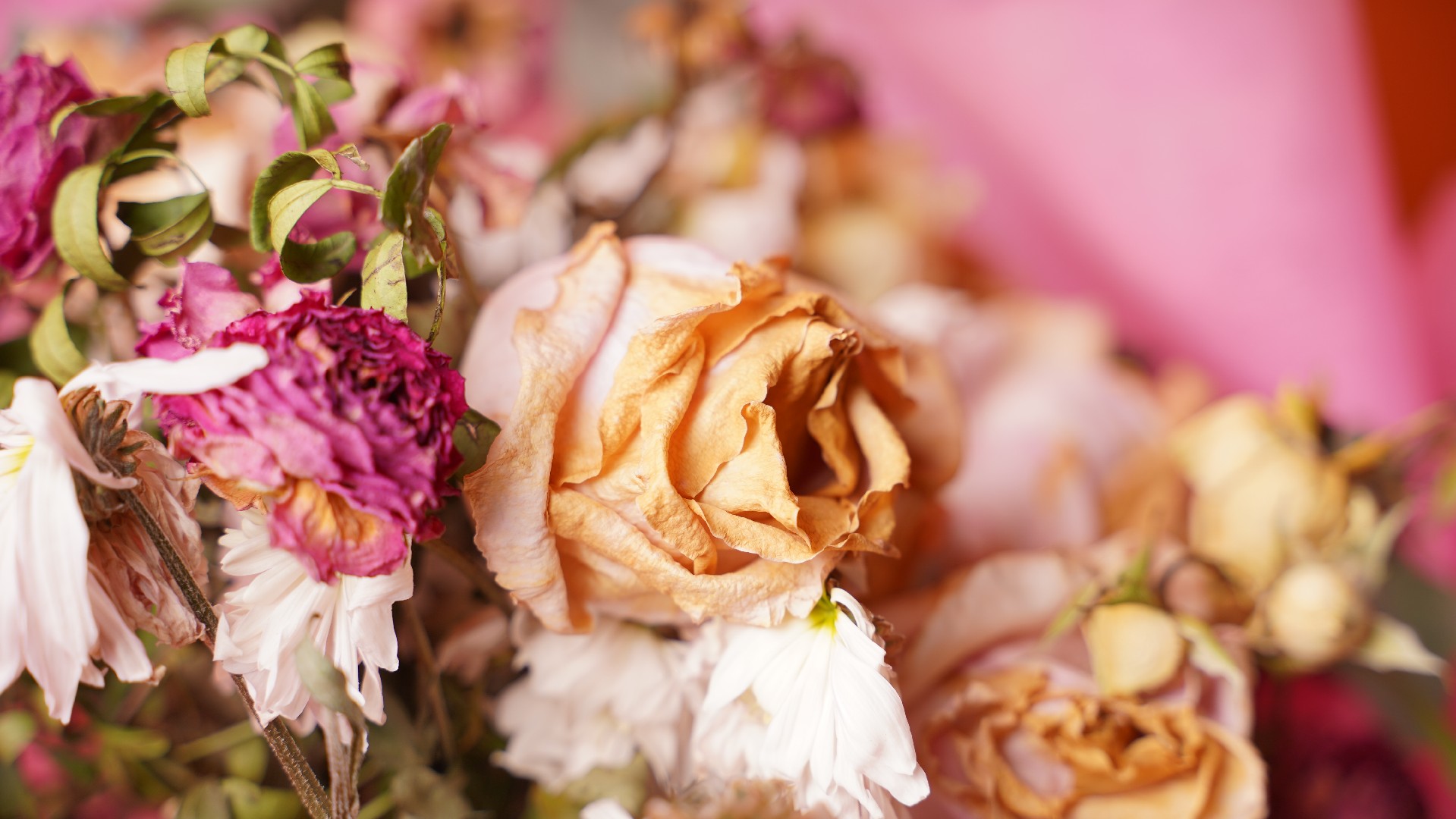
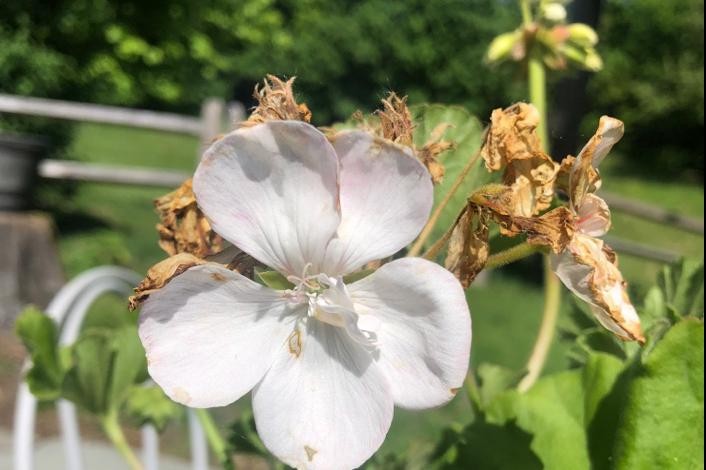
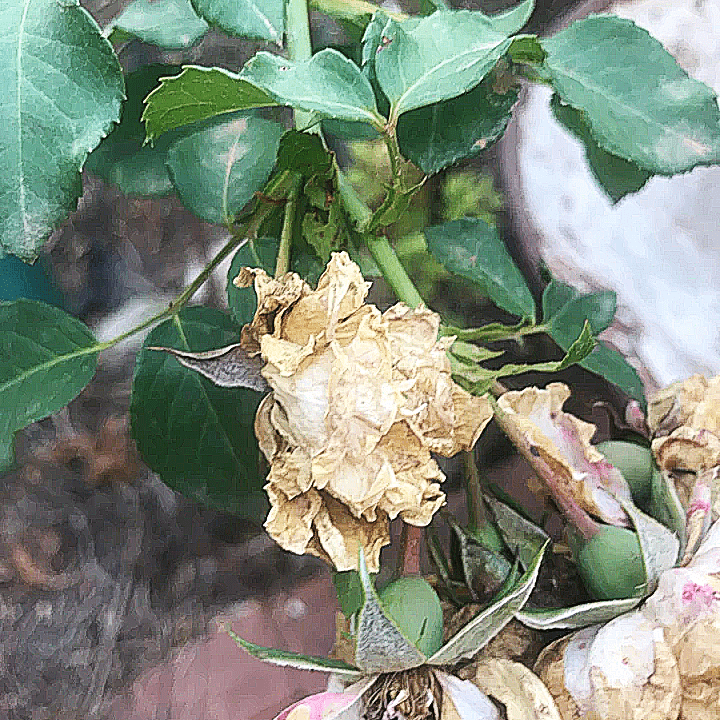


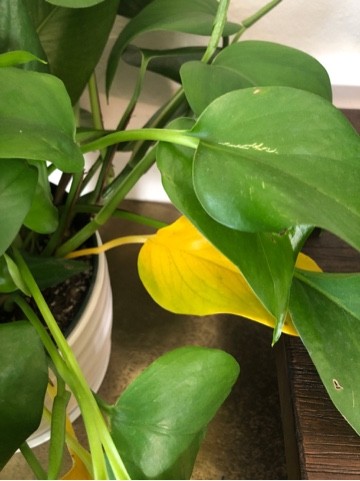
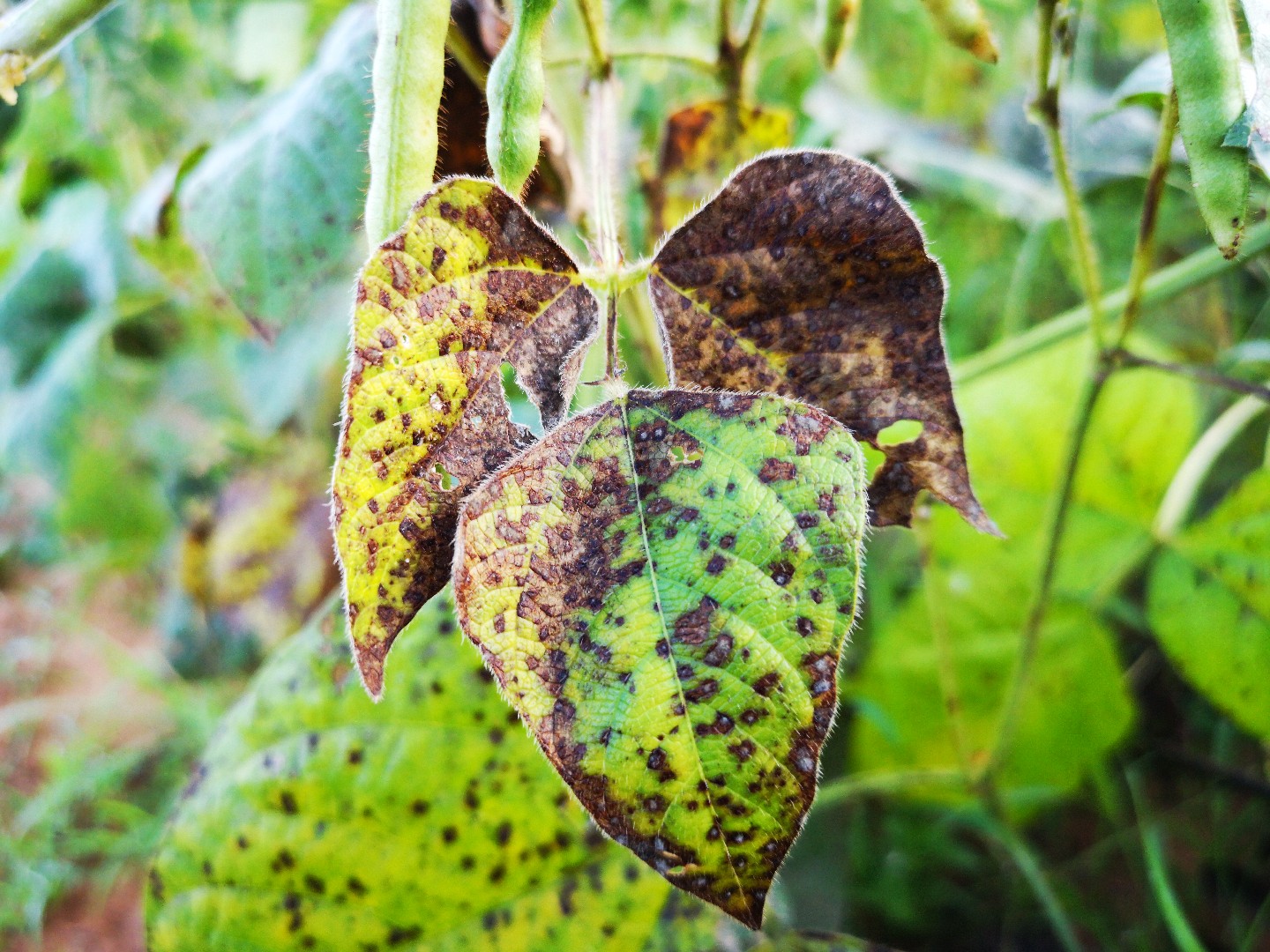
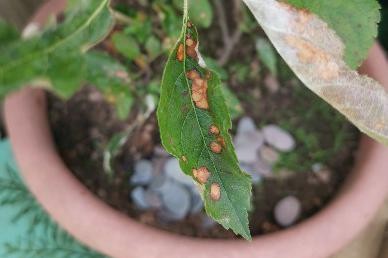
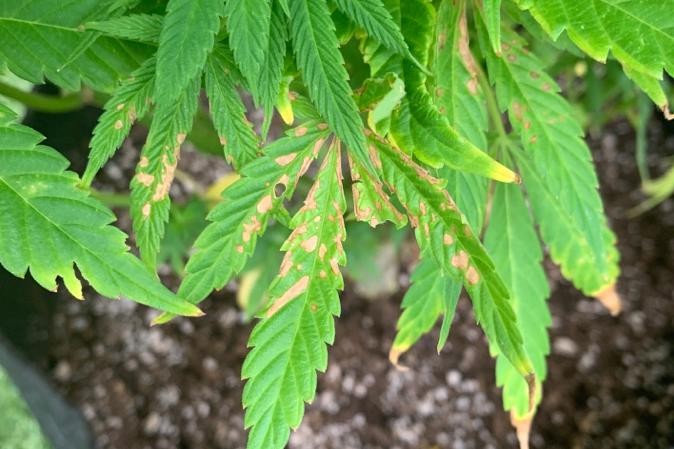





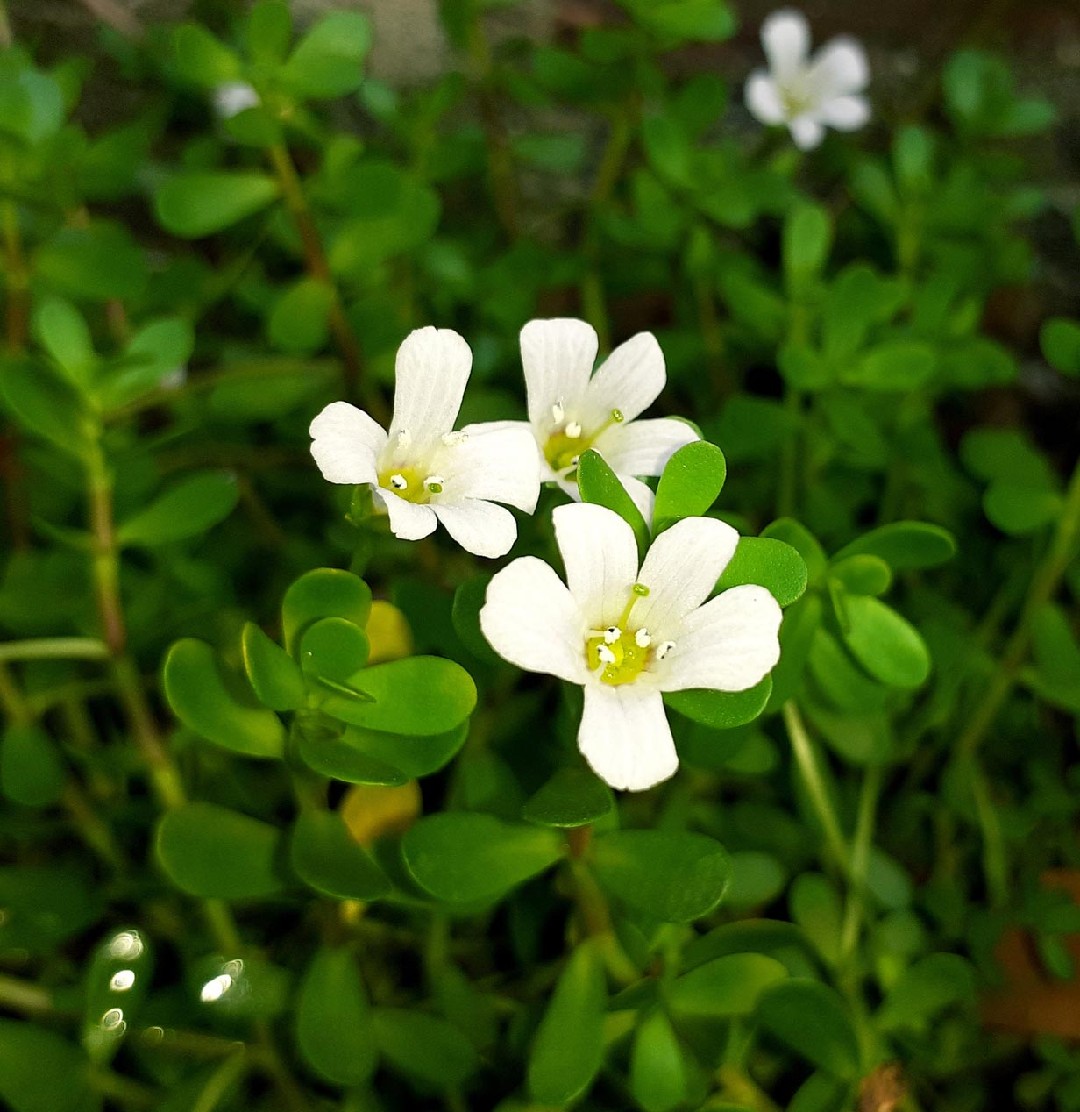



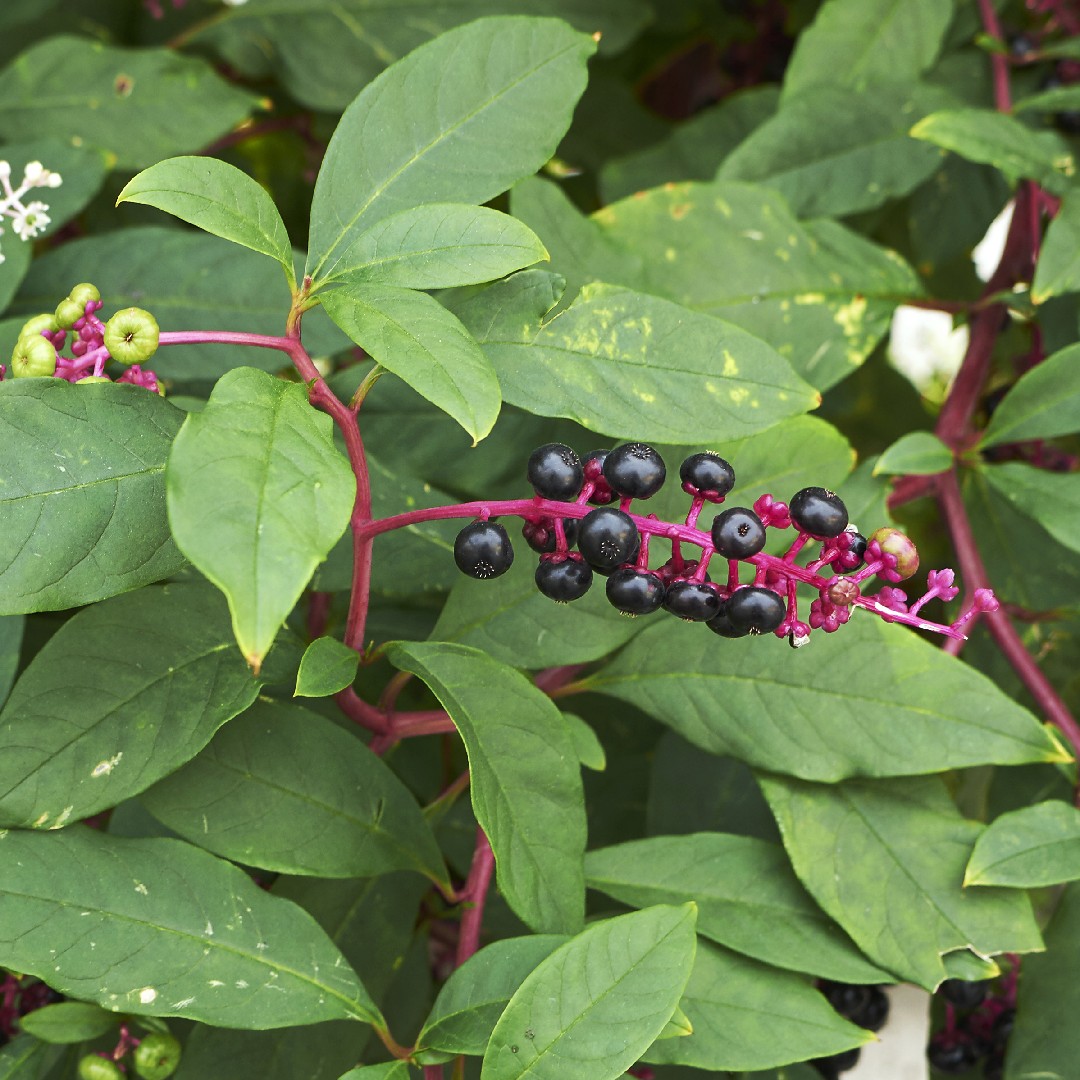








 Watch how sunlight gracefully moves through your garden, and choose spots that provide the perfect balance of light and shade for your plants, ensuring their happiness.
Watch how sunlight gracefully moves through your garden, and choose spots that provide the perfect balance of light and shade for your plants, ensuring their happiness. 








